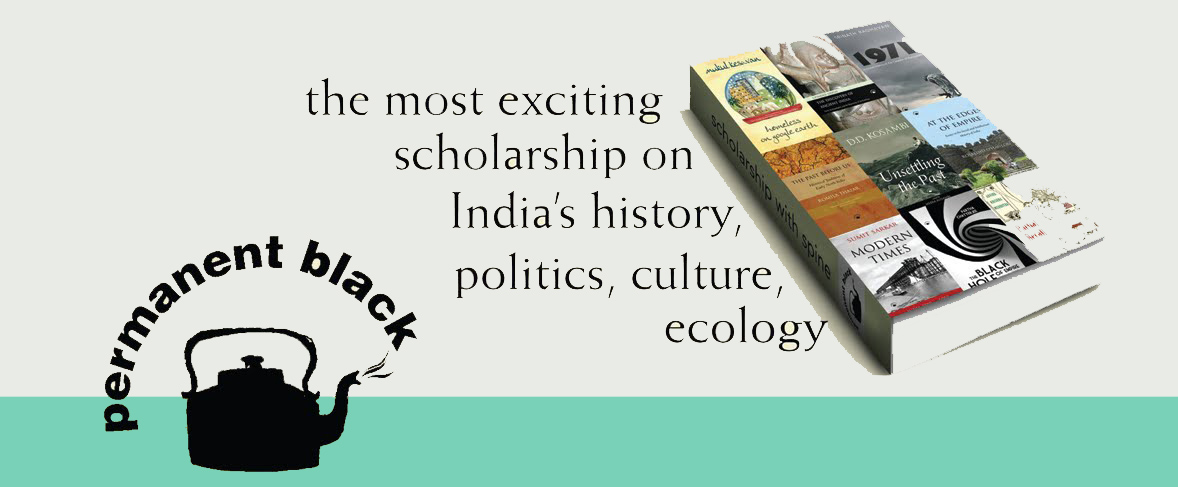GAIL MINAULT Gender, Language, and Learning Essays in Indo-Muslim Cultural History Gender, Language and Learning is a collection of articles, published over the last thirty and more years, by a scholar who is among the most eminent Americans ever to have studied the history, life, and culture of Indian Muslims. The essays are made available together in this book for the first time. The themes that have characterized Gail Minault’s scholarship are all in evidence here: Indian Muslim women’s rights and self-expression, Urdu as a language of cultural politics and identity, and education as a vehicle of social change among Indian Muslims. Also included is her well-known and frequently cited essay (coauthored with David Lelyveld) on the campaign for Aligarh Muslim University. This volume will be invaluable for anyone interested in the development and trajectories of Islam in South Asia. GAIL MINAULT is Professor of History and Asian Studies at the University of Texas at Austin. She is th
